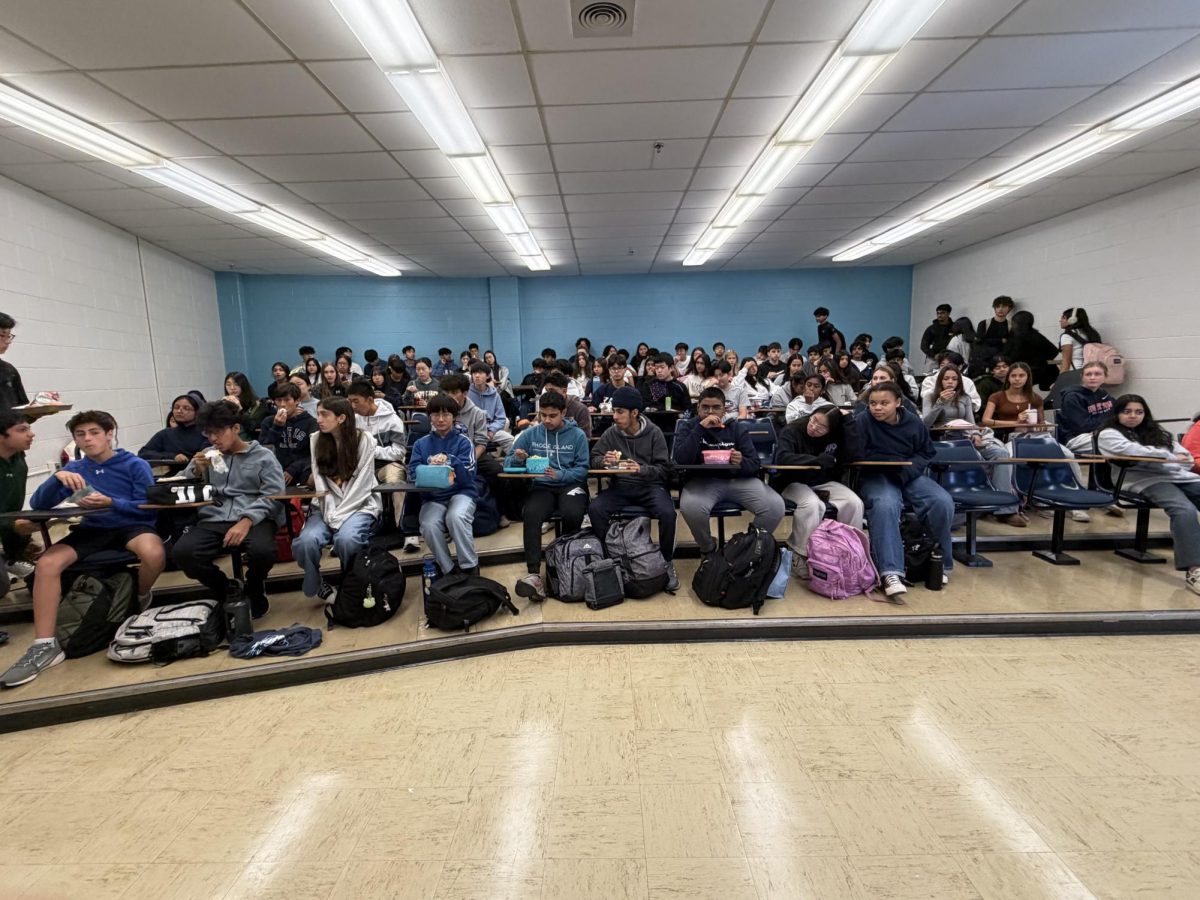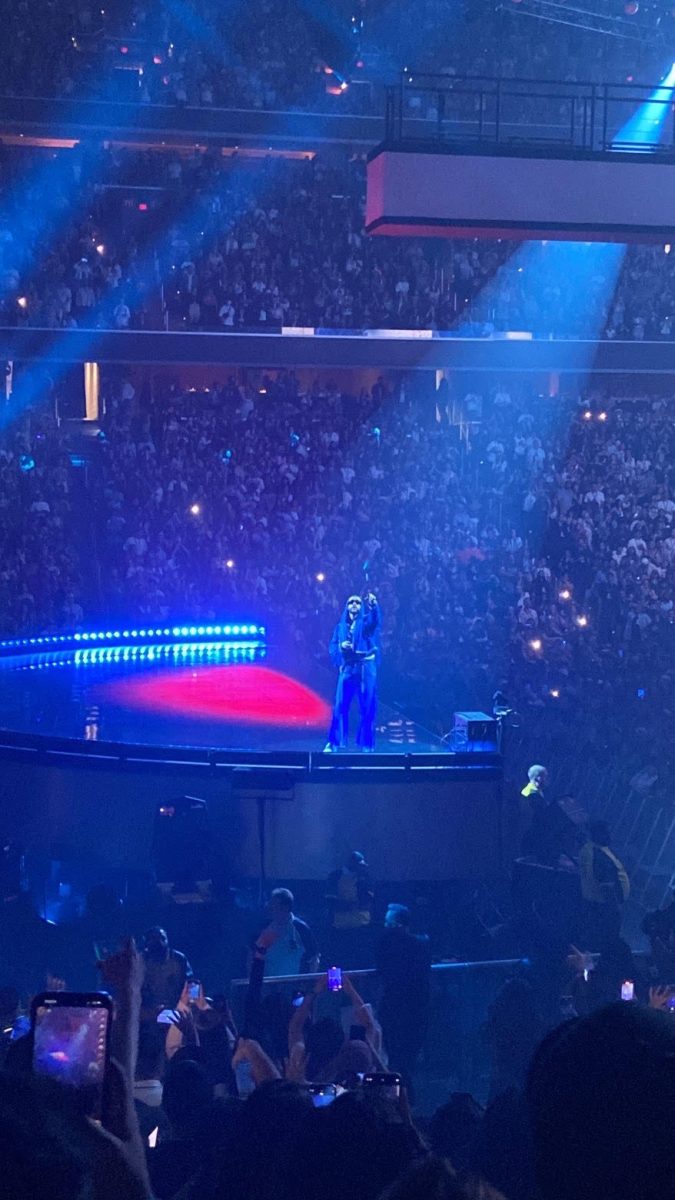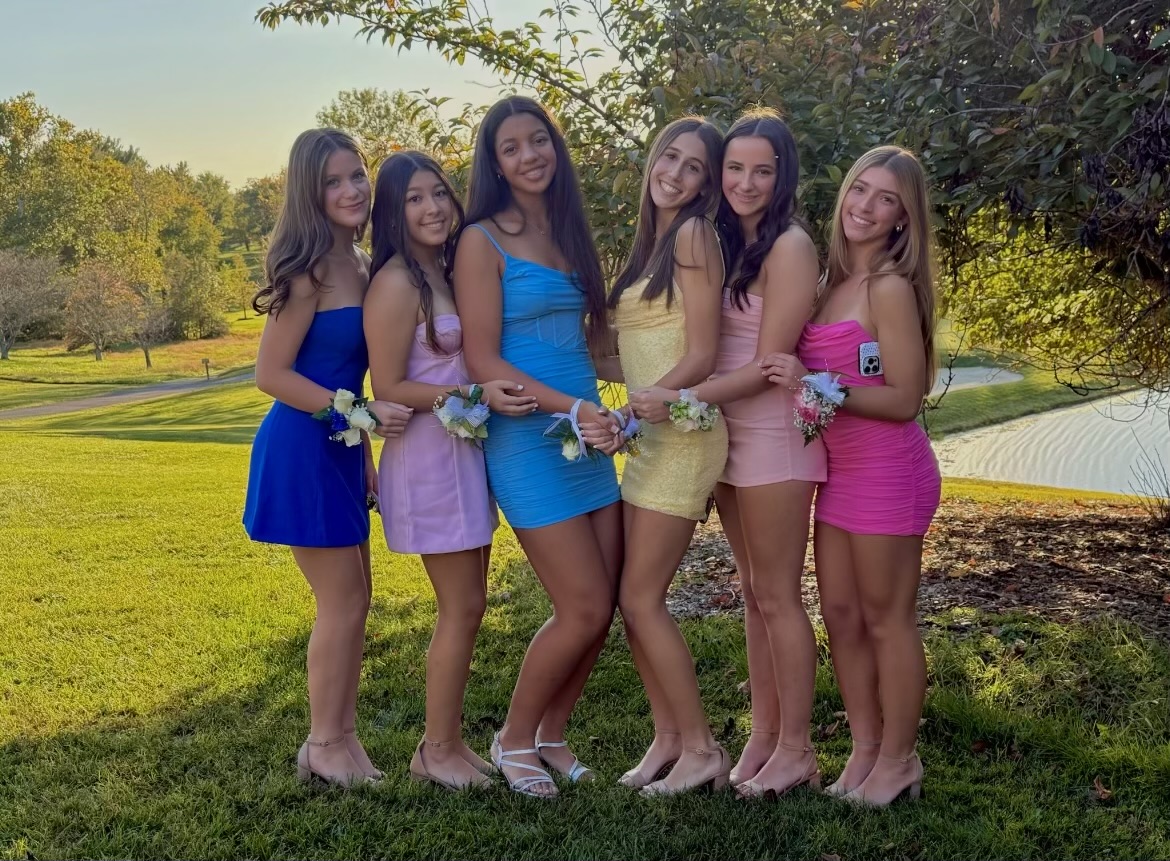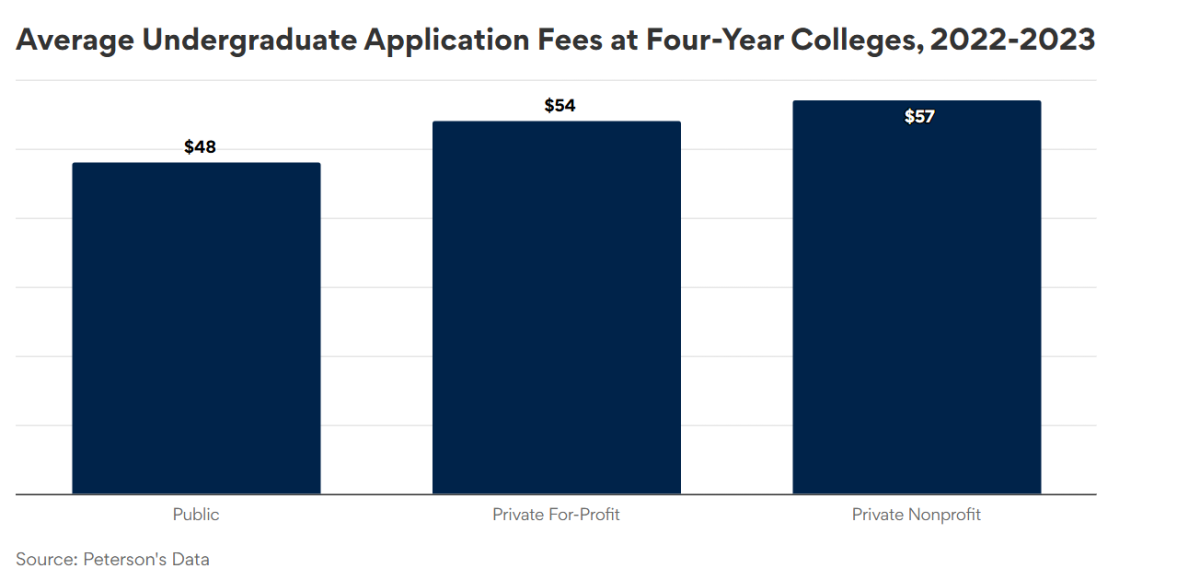Nostalgia can be sparked from a book, music, television show, movie, video game, food or even a person.
According to an article on huffpost.com, nostalgia is much more than mere reminiscing; it’s a feeling. “Nostalgia is the warm, fuzzy emotion that we feel when we think about fond memories from our past. It often feels bittersweet — mostly happy and comforting, but with a tinge of sadness that whatever we’re remembering is lost in some way,” the article said.
Plenty of things can bring about nostalgia. One common trigger can be a television show or movie. For example, if you were obsessed with Sesame Street as a kid, seeing a younger sibling watching it could put you in your feelings. “I am the oldest of my siblings, and sometimes if they are watching a movie or TV show that I used to watch when I was younger, I get pings of happy nostalgia,” senior True Johnson said.
Nostalgia can also bring on negative feelings. For example, if you had a best friend from your childhood who you had a falling-out with, seeing them later in life might bring up some painful memories. “I have had plenty of experiences where seeing someone or something from my childhood has brought up sad and painful memories. It is never fun, but once I get those feelings out of my system, I always feel much better,” junior Madison Linn said.
There are ways that people can make nostalgia work for them. One is creating new traditions and keeping happy memories of the past alive. By doing this, one will be able to draw on these memories and past experiences whenever they need a boost. Another useful way for making nostalgia work is by letting the past inform your future. You can recall past milestones and achievements in order to revive your energies and stay focused on achieving your current goals. “Whenever I am having trouble solving a problem I think back to if I have ever needed to solve a similar problem and I use that knowledge to do it again,” Johnson said.







